Samuel Madden, Liam Gillick: Memoirs of the Twentieth Century; Prevision. Should the Future Help the Past? (1733/1999/2010)
Filed under book | Tags: · capitalism, science fiction, time
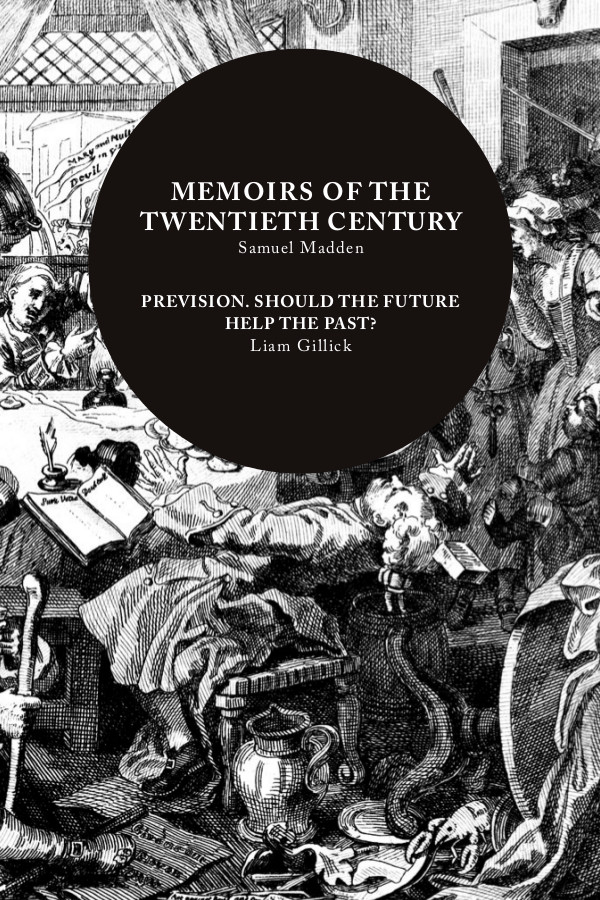
Written in 1733, Memoirs of the Twentieth Century is widely regarded to contain the earliest known conception of time-travel and, in particular, the first cognitive leap that would allow for a historicized image of the present as seen from the point of view of a distant future. Intriguingly, it is the text itself which is claimed to have traveled back in time and Madden has used this conceit to satirize his own period – tracing out its bureaucratic absurdities into a strange yet pointed vision of the late 20th century: a world politically fraught, overwhelmed with corruption and struggling to reconcile religious faith with scientific discovery.
The mysterious publishing history of the book imparts a certain weight to its claims. Printed anonymously in an edition of 1000, all but 10 copies were immediately destroyed for unknown reasons. It would only be printed once more in 1972 and until now Memoirs… has been extremely scarce – resulting in disappointingly little scholarship. This new edition includes Liam Gillick’s Prevision. Should the Future Help the Past first published in 1999, the very year when Memoirs… leaves off. Gillick explores the socio-political implications inherent in strategic attitudes towards the future with a critical eye to the ‘scenario planning’ of late capitalism. It provides a prescient framework for reconsidering Madden’s text now, just over ten years on since its fictive origination and apocalyptic conclusion.
Madden’s book first printed in 1733
Gillick’s essay first published by ARC Musée d’art Moderne de la Ville de Paris, 1999
Publisher Halmos
ISBN 9780615387390
306 pages
commentary on Madden’s book (Paul Alkon, Science Fiction Studies)
Madden at Wikipedia
PDF
PDF (Alt link, from the publisher)
View Gillick’s essay online (HTML)
monochrom, 3-10 (1994-1998) [German]
Filed under magazine | Tags: · art, conspiracy, copyleft, copyright, media, media art, media culture, net culture, philosophy, politics, science fiction, software, subversion, surveillance, tactical media, technology

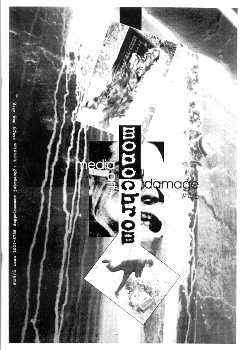
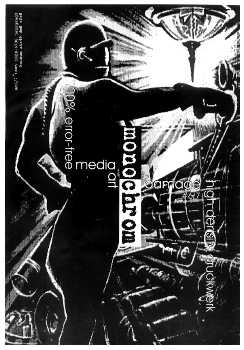
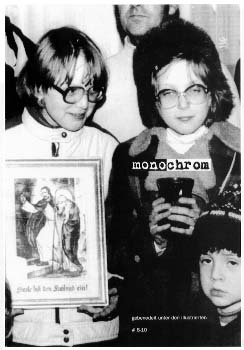
The mouthpiece of an international art-technology-philosophy collective founded in 1993, with its headquarters at Museumsquartier in Vienna.
Editor-in-chief: Johannes Grenzfurthner
Publisher Monochrom, Vienna
ISSN 1024-6738
Authors
Monochrom on Wikipedia
PDF (No. 3: media dings, 1994/95, 68 pp)
PDF (No. 4-5: media art damage, 1995/96, 104 pp)
PDF (No. 6-7: 100% error free high-density druckwerk, 1997, 112 pp)
PDF (No. 8-10: gebenedeit unter den illustrierten, 1998, 180 pp)
Auguste Villiers de l’Isle-Adam: L’Ève future (1886-) [French]
Filed under fiction | Tags: · android, cinema, science fiction, symbolism, technology
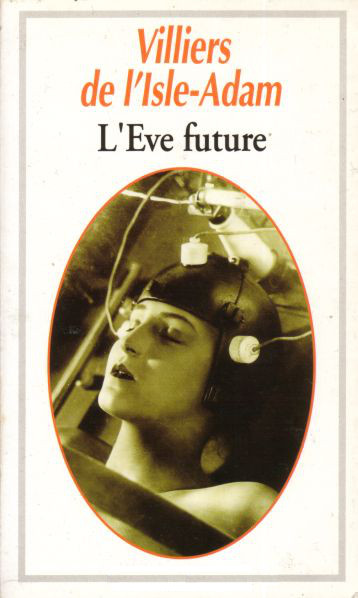
The young Lord Ewald is close to suicide because of his beautiful but emotionally and intellectually stuck fiancée. His friend, engineer Thomas Edison, replies by offering to construct for him a machine-woman in the form of his fiancée but without any of her bothersome personality.
The Future Eve (or Tomorrow’s Eve) has been discussed as a key text in the Decadent movement, and as an important work of 19th century science fiction, known for popularizing the term android [Andreid]. It is particularly criticized for its misogyny.
Publisher De Brunhoff, Paris, 1886
via Daniela Cascella
wikipedia (incl. plot, in English)
review (Boyd Petersen, The New York Review of Science Fiction)
commentary (Verena Kuni, MediaArtNet)
commentary (T. Ross Leasure, Latch)
PDF (1886 edition, multiple formats, Gutenberg.org)
PDF (1909 edition, multiple formats, Archive.org)

